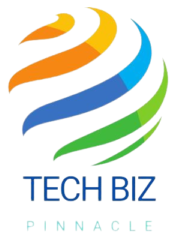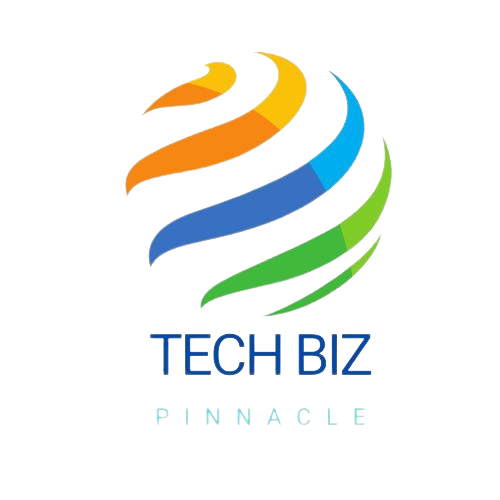Apple Vision Pro future still feels like a niche device. It appeals mostly to pros and wealthy early adopters. I watched Wim Wenders’ 2011 documentary Pina on it one night. The film felt magical. I felt as if I sat in a live theater with the performers.
Over the past year, I have found moments of magic with the Vision Pro. However, I must search for them. Most magic occurs when I watch movies or use it as a curved monitor for my Mac. Sadly, much of its potential remains unfulfilled.
Apple’s $3,500 spatial computer was never meant for mass appeal. It is a bleeding-edge tech showcase. It stands as the most advanced standalone VR/AR headset available today. It offers a glimpse into unbounded future visual experiences. Yet, it only serves a few professional uses—such as simulation, high-res 3D model viewing, or a flexible iPadOS-based development platform. In my daily life, it works best as a movie screen and a high-end wearable monitor.
Successes
Hardware-Free Gesture Controls and Eye-Tracking
The Vision Pro uses eye and hand tracking with impressive ease. I can open apps with a quick glance and a simple pinch or swipe. This design eliminates the need for a controller. Apple has also added extra gestures and shortcuts. For example, I tap my fingers and tilt my hand to check the time or adjust the volume. Sometimes, I must recalibrate the eye tracking when it drifts. Although tapping window edges remains fiddly, Apple mostly proves its point.
The Best Personal Display and Movie Experience
The headset provides an unparalleled movie experience. Its large display feels like a personal theater. I enjoy vivid 3D visuals and stellar audio. Even though the field of view remains narrow and reflective glare appears with prescription lenses, I still get the best movie-screening experience I have ever had. Moreover, when I use it as a curved monitor with my Mac, I create my own wraparound work world. Improved straps from companies like Belkin and ResMed also help reduce discomfort.
Seamless Integration of XR with Everyday Apps
Apple made the Vision Pro feel like an iPad for your face. Consequently, I can run familiar apps like Mail, Notes, and Apple Music. This seamless flow makes the device feel like a natural extension of my computer. Although this integration may seem pedestrian, it fills a long-missing gap in the VR experience. In contrast, Meta struggles to offer such smooth everyday functionality.
Missing Opportunities
A Lack of Compelling New Apps
After a full year, I still browse a scattered mix of games, immersive experiences, and occasional productivity apps. Although some immersive videos are excellent—like The Weeknd’s music video or Edward Berger’s Submerged—they are too few. In comparison, Meta’s Quest offers a steady stream of engaging games. Apple has not yet invested enough in standout Vision Pro experiences.
Limited Integration with iPhones, Apple Watch, and iPad
I expected Vision Pro to work seamlessly with my iPhone, Apple Watch, and iPad. Instead, it mostly connects with Macs. Imagine if your iPhone acted as a handheld controller or a tool to 3D scan objects for instant syncing. Similarly, the Apple Watch could offer gesture shortcuts or haptic feedback. Unfortunately, these integrations are missing and reduce the device’s overall appeal.
High Price Without a Reduction
The Vision Pro’s $3,500 price tag restricts its market. It targets early adopters and professionals. For most consumers, a $500 Quest 3 is far more attractive. To reach a wider audience, Apple must either cut the price or add groundbreaking features that justify the cost.
Conclusion
In summary, the Vision Pro still holds moments of magic after a year. It excels in gesture controls, eye tracking, and personal display experiences. However, its full potential remains untapped. There is a clear need for more engaging apps, better integration with other Apple devices, and a price reduction to attract regular users. Although I continue to be wowed by the device, the future must hurry up and address these missing pieces if Apple wants the Vision Pro to become a true successor to the iPhone and Mac.
For more detailed tech insights and expert reviews, visit TechBiz Pinnacle.

